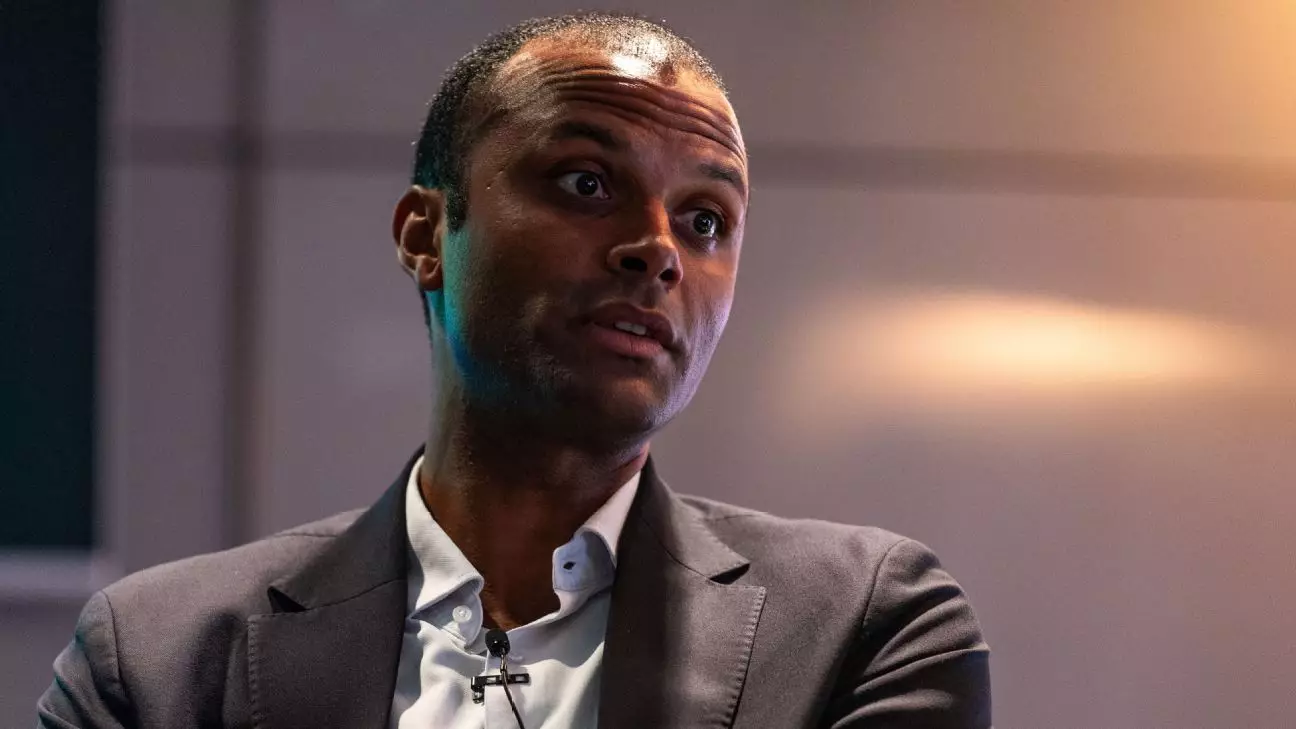In recent discussions about the escalating pressures on elite football players, Maheta Molango, the chief executive of the Professional Footballers’ Association (PFA), has emphasized an urgent need for player protection. The core of this issue revolves around young stars like Jude Bellingham, Bukayo Saka, and Phil Foden, who face the towering risk of burnout due to congested fixtures and demanding schedules. Molango’s statements serve as a clarion call to the footballing community, highlighting potential consequences that could diminish the illustrious careers of these athletes.
The underlying concern is multifaceted. As players are pushed to their limits to accommodate an increasing number of competitions—from domestic leagues to international tournaments—the long-term effects on their physical and mental health loom large. The message is straightforward: if the relentless pace of modern football continues unabated, a significant portion of the next generation of footballing talent could be forced into premature retirement.
The Costs of Excessive Demands
Molango’s warnings about the implications of excessive workloads extend beyond mere fatigue. He notes that many young players might face career-shortening injuries that could be avoided with a more reasonable match schedule. The evidence is already apparent this season, as high-profile players have succumbed to injuries that have sidelined them after participating in extensive competitions. For instance, both Rodri and Dani Carvajal suffered severe injuries following their engagements in Euro 2024, exacerbating concerns regarding the toll that long seasons take on players’ bodies.
By focusing on the risk of long-term physical issues, including chronic knee and hip ailments, Molango underscores the difference between a player’s short-term performance and their long-term career sustainability. His remarks shine a light on a disheartening reality—many athletes might be forced to confront early retirement or debilitating health problems due to the current trajectory of player management. The stakes are high, and the PFA, alongside FIFPRO, advocates for critical reform in the scheduling of football competitions to protect players’ futures.
The Players’ Perspective: The Threat of Strike Action
With players like Rodri and Liverpool’s Alisson Becker vocalizing their concerns over excessive fixture demands, the conversation has escalated to a point where talk of strike action is beginning to surface. Molango echoes their frustrations, pointing out discrepancies in how match schedules are constructed and the inevitable conflicts that arise, especially with the new Club World Cup fast approaching. The looming threat of player strikes serves as a powerful reminder that players’ well-being is paramount and must not be an afterthought in the world of football.
Rodri’s statement that players may have “no other option” but to strike reflects a growing sentiment among footballers that they are losing control over their careers. The tangible disconnect between demands placed on players and their basic physical capabilities has sparked a search for a dialogue—a need for stakeholders to truly listen to players’ concerns regarding workload management.
Addressing these pressing issues requires a concerted effort from football authorities, clubs, and the players themselves. The increasing intensity of competition has prompted legitimate fears about players’ health becoming an afterthought in the quest for revenue and global viewership. As football enthusiasts, the onus is on the football community to initiate meaningful discussions aimed at reforming the current structure.
Players’ unions, like PFA, must continue to push for changes that can lead to a more equitable scheduling process. The focus should widen to include not only elite leagues but also youth and developmental leagues, ensuring players of all ages enjoy balanced workloads and adequate recovery time. Evolving the current paradigm is not just about the present circumstances; it is about preserving the spirit of football and enabling future generations to thrive on the world stage.
Ultimately, Molango’s perspective is a poignant reminder that football’s most cherished assets—its players—are at risk. The threat of burnout and injury is not merely an individual battle; it represents a collective challenge for the entire sport. The path forward must prioritize player welfare, acknowledging that the sustainability of football depends on the health of its participants.
Indeed, radical change may be required, and a shift in how the game is managed must begin now. As fans, players, and stakeholders come to terms with the changing landscape of football, the call for reform should resonate far and wide, ensuring that the thrill of the beautiful game does not come at the expense of its most vital components—players’ health and longevity.

Leave a Reply